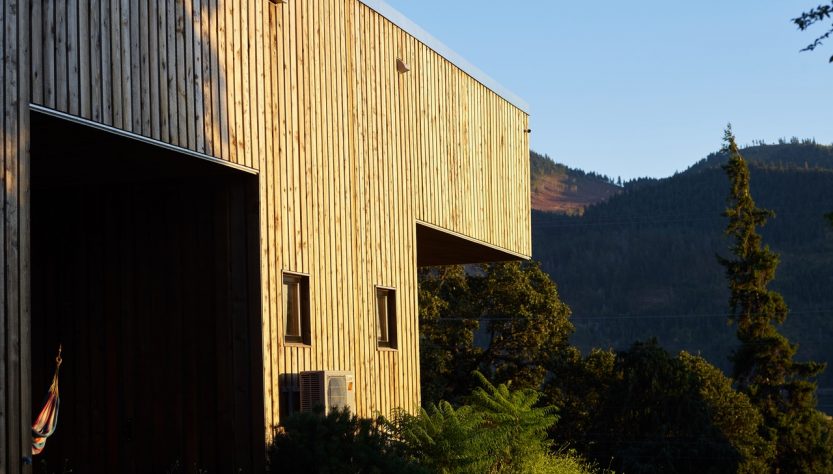Timber as a building material dates back many many years. Japan holds the world’s oldest surviving wooden structure, made entirely of wood and was built in 670 AD. The Buddhist temple, Horyuji Temple, was listed as Japan’s first UNESCO World Heritage site in 1993. Traditional Chinese buildings like the Forbidden City preferred wood in building cultural structures. Other well-known buildings made entirely of wood include Europe’s Neolithic long house built in 6000 BC, Old Government Buildings in New Zealand built in the late 1870s, and the U Bein Bridge in Myanmar, the world’s longest wooden bridge at 3,960 feet, which was constructed in 1850. More recently joining the list in 1991 is The Superior Dome in Michigan which is the world’s largest wooden dome.
Nowadays, most architects are going back to the basics and using timber in building design and construction. Timber is making a comeback in modern architecture in uses such as internal or external feature walls, and timber batten ceilings, because of its many desirable attributes. Here are some of the reasons why it’s becoming attractive to architects:
Aesthetically pleasing

Research suggests that using wood in an indoor environment can have a positive psychophysiological effect that aids positive health benefits as it reflects life, as to how nature is full of life. Due to these unprecedented times more and more people are working from home, and one way to make the experience more comfortable and nourishing is to make the indoor environment reflective of the outdoors. Using timber in internal wall structures and timber screens is an ideal way to achieve this.
Sustainable and environmentally friendly
Wood is one of the greatest natural and renewable resources out there. Using a cross-laminated timber, instead of steel and concrete in construction, consumes less energy. This makes it a better choice since it helps the environment reduce 40% of carbon dioxide emissions which the construction industry is responsible for. Carbon is stored effectively with the use of wood, hence the property of getting reused as coals since it sequesters it in the wood products. If wood is used to build a structure the carbon content for that building will last for hundreds of years. Sustainably, if you are to build schools, hospitals, residential, and commercial spaces with timber, the environment will be the first to benefit from it. Moreover, if timbers are sourced from sustainably managed plantations, it could also reduce deforestation.
Energy efficiency
Timber is popular as a natural thermal insulator. By building a building with timber it does not transmit heat or cold as quickly as using steel or concrete does. A building made of timber does not transmit heat and cold throughout the structure. Using steel and concrete on the other hand requires thicker walls and more insulation materials to achieve the same level of thermal resistance. The use of timber saves energy consumption since it reduces the usage of the heater and air conditioning systems.
Fire safety
Although wood is a flammable product, the construction of buildings using timber proves that it is a fire-safe material. In our current day, timbers used in construction are designed and engineered in a way that the structural integrity will remain as the charred layer protects itself. In a fire situation elements of the timber material char and protect the core.
Cost efficiency
In terms of engineered wood products two types are commonly used, they are the cross-laminated timber (CLT) and the glue-laminated timber (Glulam). These engineered wood products are used for prefabricated structural applications in mass timber constructions.
The use of timber, such as a CLT panel or Glulam, is beneficial due to it’s lightweight nature. It is commonly about 80% lighter compared to concrete and steel. Both cross-laminated timber and the glue-laminated timber achieve the same result but performance-wise, by having less weight it affects other factors of the build. It is favourable during transportation and the process of construction. A shorter erection time would mean fewer costs considering all aspects. Also, the lighter the material used, the lesser the damage from earthquake forces.


